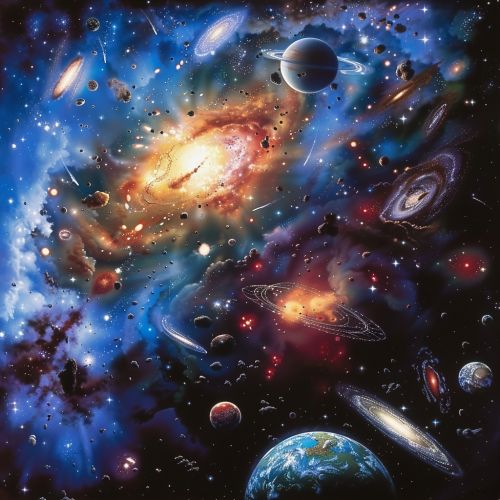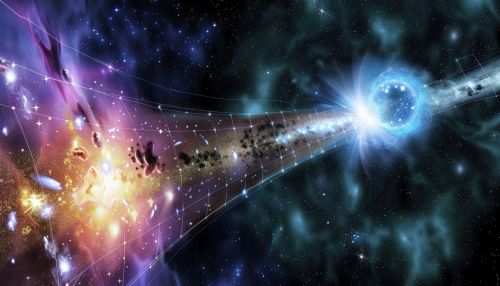Big Bang Nucleosynthesis
Overview
Big Bang Nucleosynthesis (BBN) refers to the production of nuclei other than those of the lightest isotope of hydrogen during the early phases of the Universe. The primordial process is responsible for the formation of light elements such as deuterium, helium, and a small amount of lithium. While the concept of BBN is a staple in cosmology, it is also a significant area of study in nuclear physics.


Theoretical Background
BBN is based on the theory of the Big Bang, which posits that the Universe began in a hot, dense state approximately 13.8 billion years ago. During this time, the temperatures and densities were high enough to allow nuclear reactions to occur. As the Universe expanded and cooled, these reactions became less frequent, leading to the formation of stable nuclei.
Key Processes
BBN involves several key processes, including neutron-proton ratio, neutron capture, and nuclear reactions. The neutron-proton ratio is particularly important as it determines the abundance of helium-4, the most common isotope of helium, produced during BBN. Neutron capture, on the other hand, is responsible for the formation of heavier elements. Nuclear reactions, meanwhile, are the processes by which these elements are formed.
Predicted and Observed Abundances
The abundances of light elements predicted by BBN theory closely match those observed in the Universe. This agreement between theory and observation provides strong evidence for the Big Bang theory. However, there are some discrepancies between predicted and observed abundances, particularly for lithium-7, which is over-predicted in BBN theory compared to its observed abundance.
Implications for Cosmology and Particle Physics
BBN has significant implications for both cosmology and particle physics. In cosmology, it provides a means to test the Big Bang theory and to determine the baryon density of the Universe. In particle physics, it provides constraints on new physics beyond the Standard Model, including the existence of new particles and interactions.
